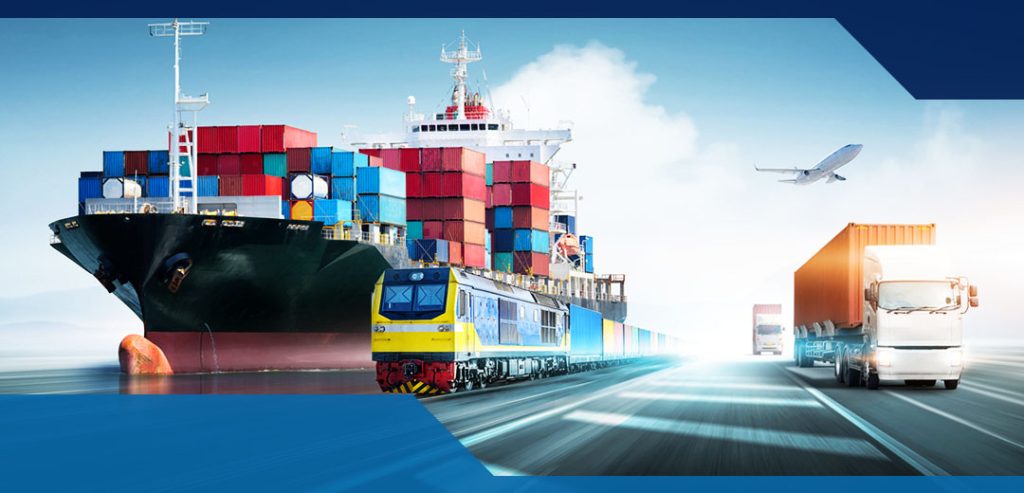Shipping Cargo

Shipping cargo refers to the transportation of goods or merchandise via ships or vessels across oceans, seas, rivers, or other navigable waters. It is a crucial component of global trade and commerce, facilitating the movement of goods between countries and continents. Here are some key aspects of shipping cargo:
1. **Types of Cargo**: Cargo transported by ships can vary widely in size, shape, and nature. Common types of cargo include containers, bulk commodities (such as grains, coal, and ores), liquid cargo (such as oil and chemicals), vehicles, machinery, equipment, and consumer goods.
2. **Containerization**: Container shipping revolutionized the industry by standardizing cargo handling and transportation. Cargo is packed into standardized containers, which can then be easily loaded onto ships, trucks, or trains, streamlining the entire logistics process and enabling efficient intermodal transportation.
3. **Ports and Terminals**: Ports serve as crucial hubs for shipping cargo, where goods are loaded and unloaded between ships and other modes of transportation. Container terminals, bulk terminals, and specialized terminals cater to different types of cargo and vessel sizes, facilitating smooth cargo operations.
4. **Shipping Lines**: Shipping lines, also known as ocean carriers or container lines, operate fleets of ships that transport cargo between ports worldwide. These companies offer various services, routes, and schedules to meet the diverse needs of shippers and consignees.
5. **Freight Rates and Contracts**: Freight rates for shipping cargo depend on factors such as cargo type, volume, distance, shipping route, and market conditions. Shippers may negotiate contracts with carriers for regular shipments, specifying terms such as rates, volumes, and service levels.
6. **Regulations and Compliance**: International shipping is subject to various regulations and conventions aimed at ensuring safety, security, environmental protection, and fair trade practices. Compliance with regulations such as SOLAS (Safety of Life at Sea) and MARPOL (International Convention for the Prevention of Pollution from Ships) is essential for ship operators and cargo owners.
7. **Logistics and Supply Chain Management**: Shipping cargo is part of a broader logistics and supply chain ecosystem, involving coordination among multiple stakeholders, including shippers, carriers, freight forwarders, customs authorities, and inland transportation providers, to ensure efficient and timely delivery of goods.
8. **Challenges and Risks**: Shipping cargo entails various challenges and risks, including volatile freight rates, geopolitical tensions, piracy, weather-related disruptions, port congestion, and regulatory compliance. Effective risk management strategies and contingency planning are essential for mitigating these risks.
Overall, shipping cargo plays a vital role in global trade, enabling the movement of goods on a massive scale and connecting markets and economies around the world.

